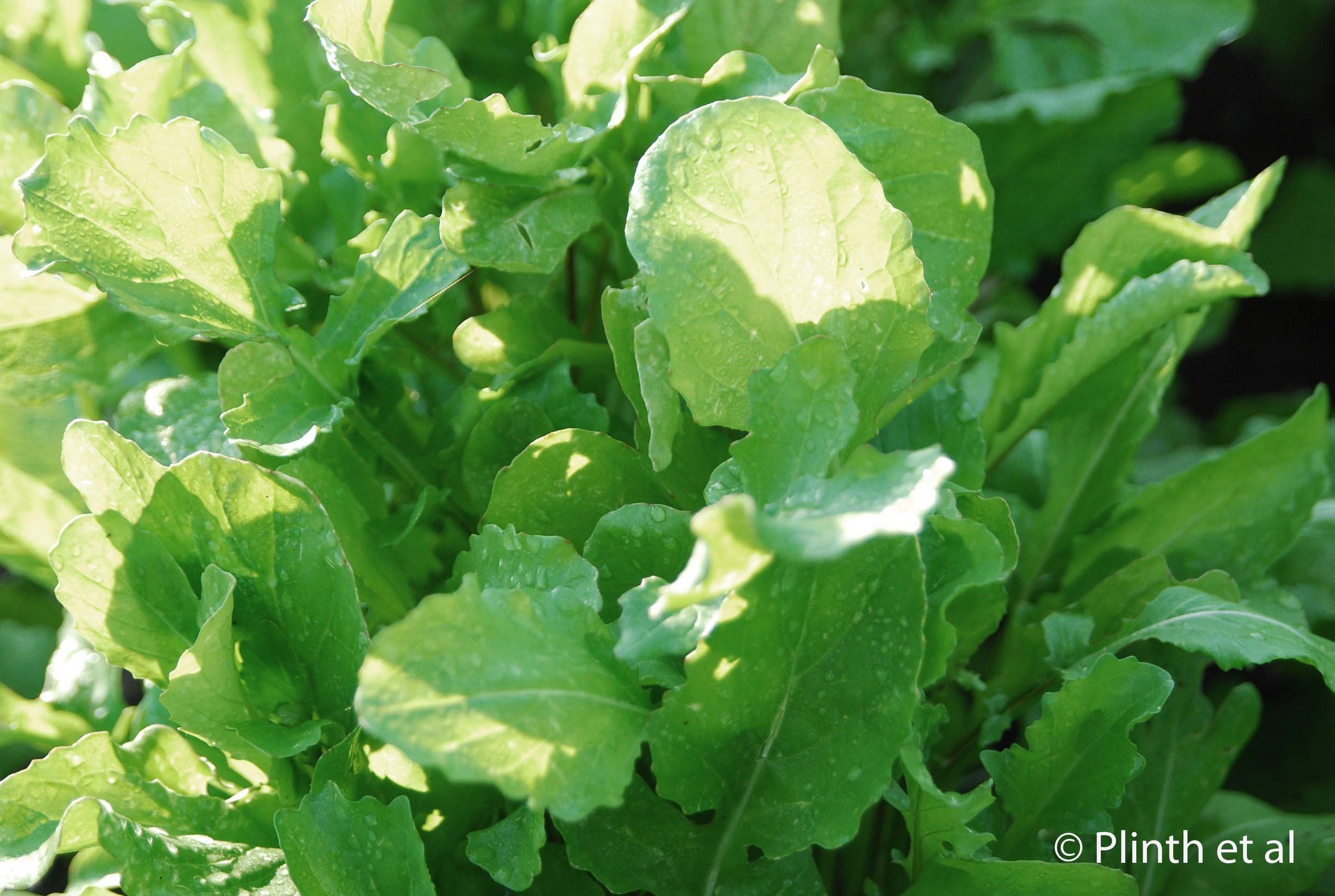Leafy Greens for Fall Harvest
The days are still warm and sunny for sowing a fall crop of lettuces and other leafy greens, and the cooler fall temperatures result in superlative leaves for eating. Unlike spring-sown crops, fall-sown ones are less likely to bolt and turn bitter. Those in cool Mediterranean climates (i.e. the Pacific Northwest and Tasmania, Australia) are fortunate beneficiaries of leafy greens throughout the year except for a month or two. In Tasmania, we were harvesting lettuce from spring into early winter, and our guests always marvelled at how tender the salads were during dinner parties. Soil-grown, the lettuces did not have the flaccid taste of hydroponic ones as they were hardened off by the cold nights (mid to high 50s F). It was a treat to pluck a leaf or two for sandwiches, allowing the head to produce more. The scent of the cut leaves have that stimulating coolness of cold water on a hot summer day. Hypnotic are they not even if Beatrix Potter's Flopsy Bunnies did doze off after feasting in Mr. McGregor's vegetable garden.
Salad greens are easy to sow as long as the seeds are planted shallow and keep watered. The soil should be warm, but not too cold for best results.
Sweet and gentle, butterhead lettuces are ample reason for having salad greens in the garden. They have that appealing green color reminiscent of lush summers and sea glass. Despite their fragile look, butterhead lettuces can withstand heavy dressing and can be gently braised in vegetable stock and with cooked bacon. I like them rolled in Vietnamese summer rolls with prawns, rice noodles, and Thai basil.
'Merveille de Quatre Saisons' is an old French bibb lettuce rarely surpassed by modern varieties in flavor and texture.A friend accustomed to eating prepackaged salad greens was taken aback by this variety's buttery taste, and wanted us to keep it on the list for next year. Heavily ruffled, the mature heads seemingly resist efforts to tease apart their crisp cores. For some reason, the red coloring famous in 'Merveille de Quatre Saisons' never appeared in our plants, and the high UV light may be faulted.
Arugula or rocket (Eruca sativa) needs successive sowings for frequent harvesting. Plants tend to have this unsuppressed desire to reproduce as soon as they emerge from the soil. Older leaves do not have the same succulence and mild flavor as the first batch of leaves, although their piquant bitterness may appeal to some people. Funnily enough, rocket was once regarded highly for its aphrodisiac qualities, leading to its forbidden status in monastery gardens. Erotic or not, rocket is essential for its peppery note in mixed salads, and by itself goes well with a simple dressing of extra virgin oil, shavings of Pecorino Romano cheese, and pine nuts.
Bok choy (Brassica rapa var. chinensis) produces a fast crop if you are willing to forgo the signature heads seen at Oriental markets. We usually picked them for quick stir fries with chicken or pork. Other Asian greens, such as pak choi and mizuna, grow equally fast and like most brassicas, seem to taste better after the first light frost.
Harvesting is straightforward - for lettuces, the entire head can be sliced one inch above the ground if a secondary flush of leaves is desired or individual leaves can be picked off, and for rocket and boy choy, the same applies although the hairy midribs of rocket need to be trimmed off for salads.
Harvested and prepared simply this way, salad greens undergo a transformation from those sadly enclosed in plastic containers.










